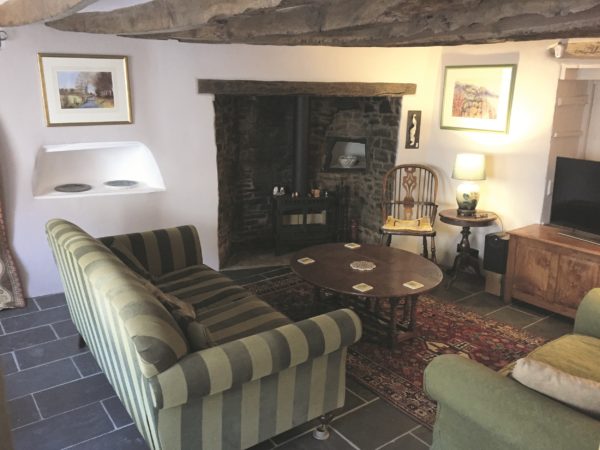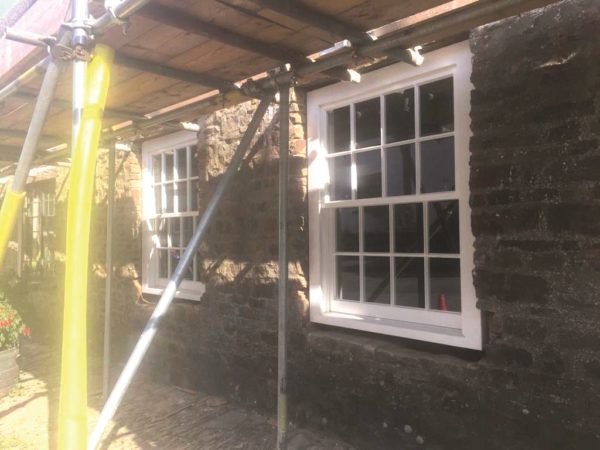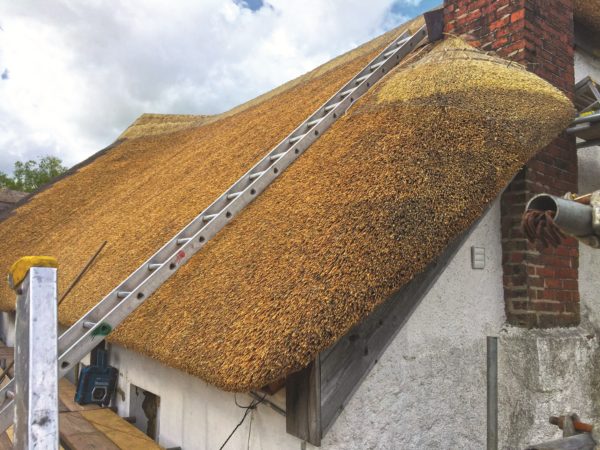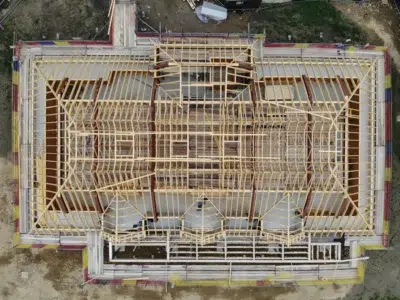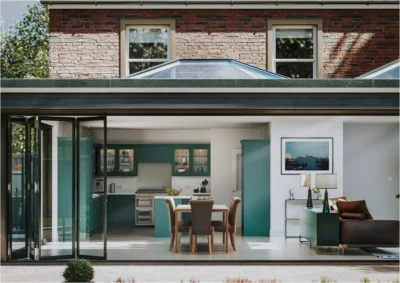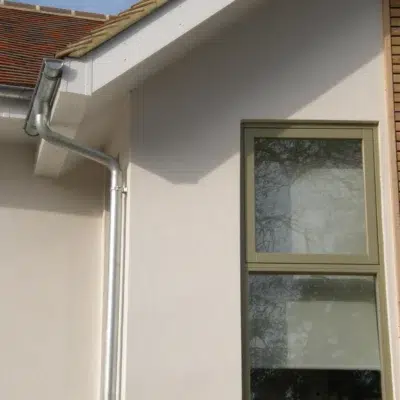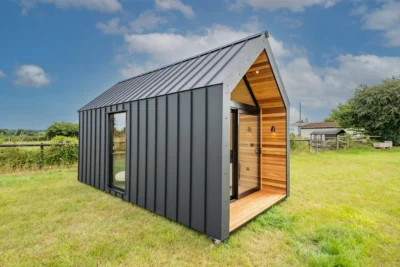To my enormous joy, the green roof is on and I’ve started planting it. I love a good living roof, and my business is involved in supplying plants and substrates for them.
I’m not so keen on sedum roofs, which used to be the default plant used for coverings.
Interestingly, the people managing the Area of Outstanding Natural Beauty, which distantly overlooks the house, share my view. When we were in the consulting stage of our planning application they wrote to make sure we were going to have a more naturally planted roof.
We had a specification for the right wildflowers to use from the team of experts we work with, The Green Roof Consultancy. These are not only chosen to deal with life in a stressed environment, but also picked from a list of locally occurring species.
They will have to flourish in substrate with just enough nutrients to keep them going, and enough water retention to mean we won’t need to irrigate.
The substrate levels average around 100mm, although they do vary to encourage different flora and invertebrate species. We’ve also added some piles of washed sand and a few pebbles, which we hope will encourage mining bees.
This type of green roof isn’t just great for biodiversity. It also retains water so heavy rainfall doesn’t overwhelm drainage systems – an important feature for urban sites where too much hard landscaping leads to flooding problems.
Furthermore, green roofs have great insulation qualities and, counter-intuitively, if they’re installed correctly should last longer than conventional flat roofs.
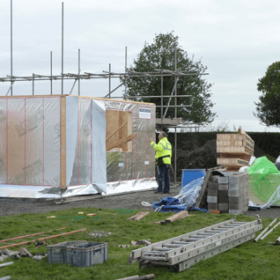
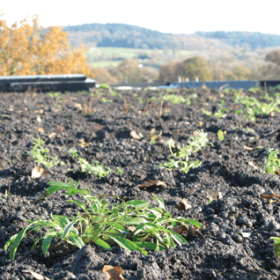































































































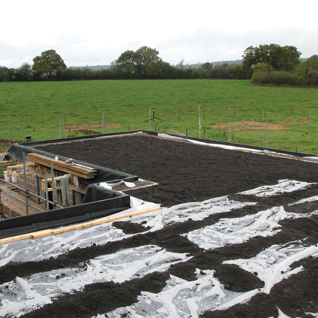
 Login/register to save Article for later
Login/register to save Article for later

